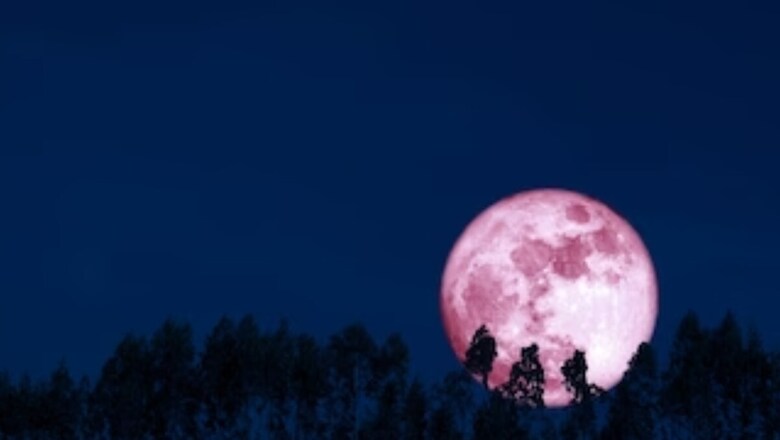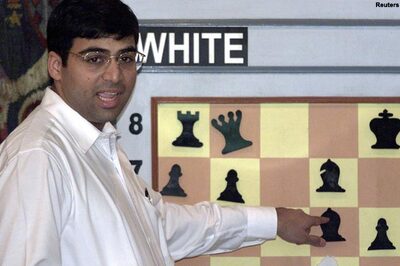
views
As the holiday season winds down, sky gazers worldwide are in for a treat with the Cold Moon, the 13th and final full moon of the year, reaching its peak on December 26. Contrary to its name, this celestial event will be an extended affair, captivating audiences for at least three consecutive nights until December 27.
The Moon at Its Brightest: What to Look For
The Moon will be at its brightest on Tuesday at 7:33 pm (approximately 6 am IST on Wednesday), as reported by the Old Farmer’s Almanac.
How to Watch the Cold Moon?
For optimal viewing, a location with a clear view during the nighttime is essential. Live Science recommends directing your gaze towards the east, where the Cold Moon will shine prominently between two bright stars—Capella in the constellation Auriga and Betelgeuse in the constellation Orion.
Stories Behind Naming the First Full Moon of Winter:
The Cold Moon, named by Native Americans, particularly the Mohawk people, also goes by alternative names like Snow Moon, Winter Maker Moon and the Moon When the Deer Shed Their Antlers, symbolizing the season of renewal for deer species.
Welcoming the New Year with the Wolf Moon:
Marking the start of 2024, the Wolf Moon on January 25 will kick off a series of 12 full moons in the upcoming year. Aptly named after howling wolves, this lunar event sets the tone for a year filled with celestial wonders.
What causes Full Moons and how do they occur?
The occurrence of a Full Moon is a result of Earth positioning itself precisely between the Sun and the Moon. This specific alignment ensures that the entire side of the Moon facing Earth is illuminated by sunlight. As the Moon orbits Earth, the changing angle of sunlight on its surface creates a cycle of lunar phases, including New Moon, First Quarter, Full Moon, Waxing Crescent, Waxing Gibbous, Waning Crescent, Waning Gibbous, and Last Quarter.
The entire cycle from one Full Moon to the next, known as the synodic month or lunar month, spans approximately 29.5 days. While a Full Moon technically occurs at a specific moment when Earth, Moon and Sun are perfectly aligned, it appears full to our eyes for about three days.
















Comments
0 comment